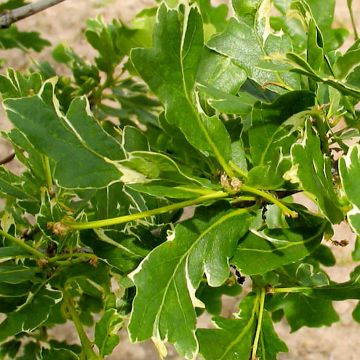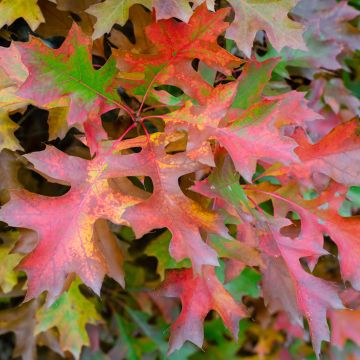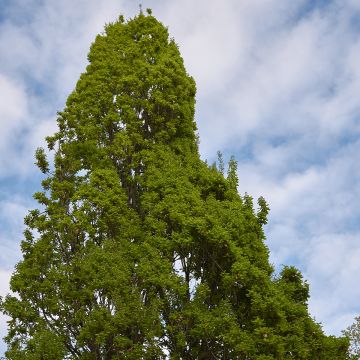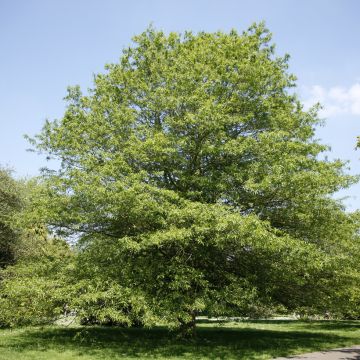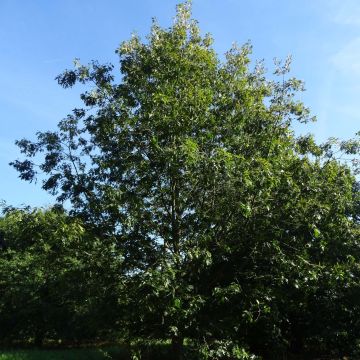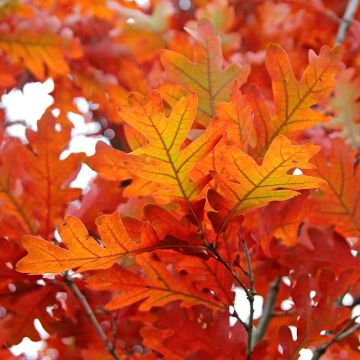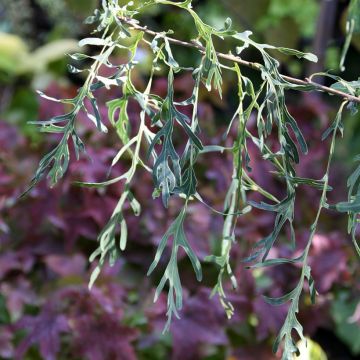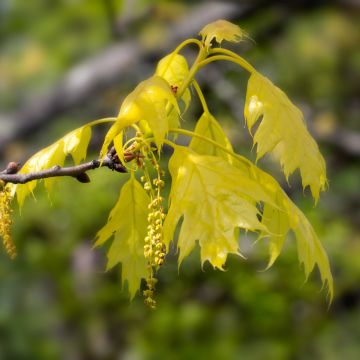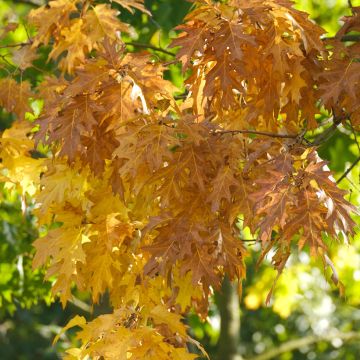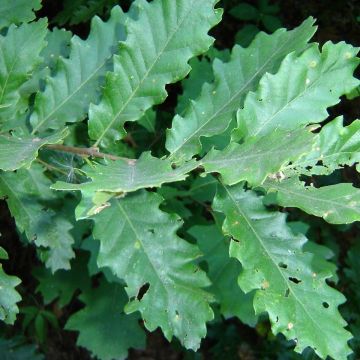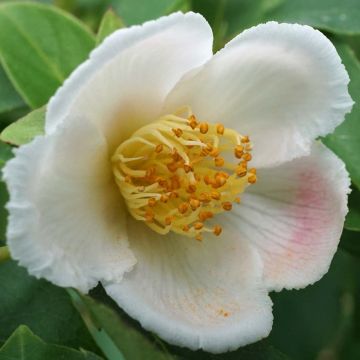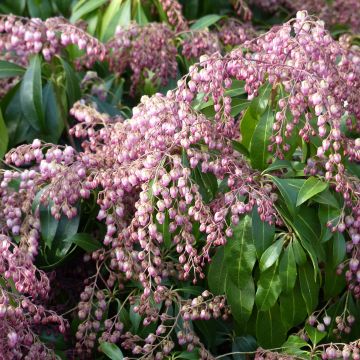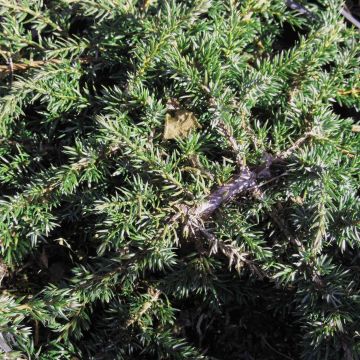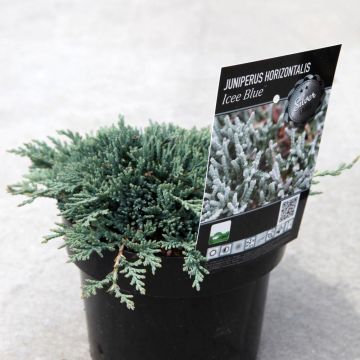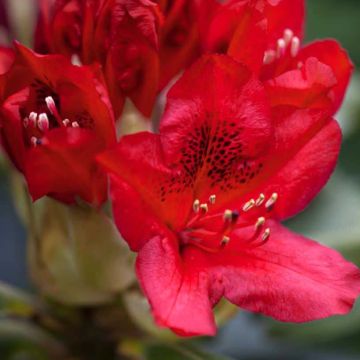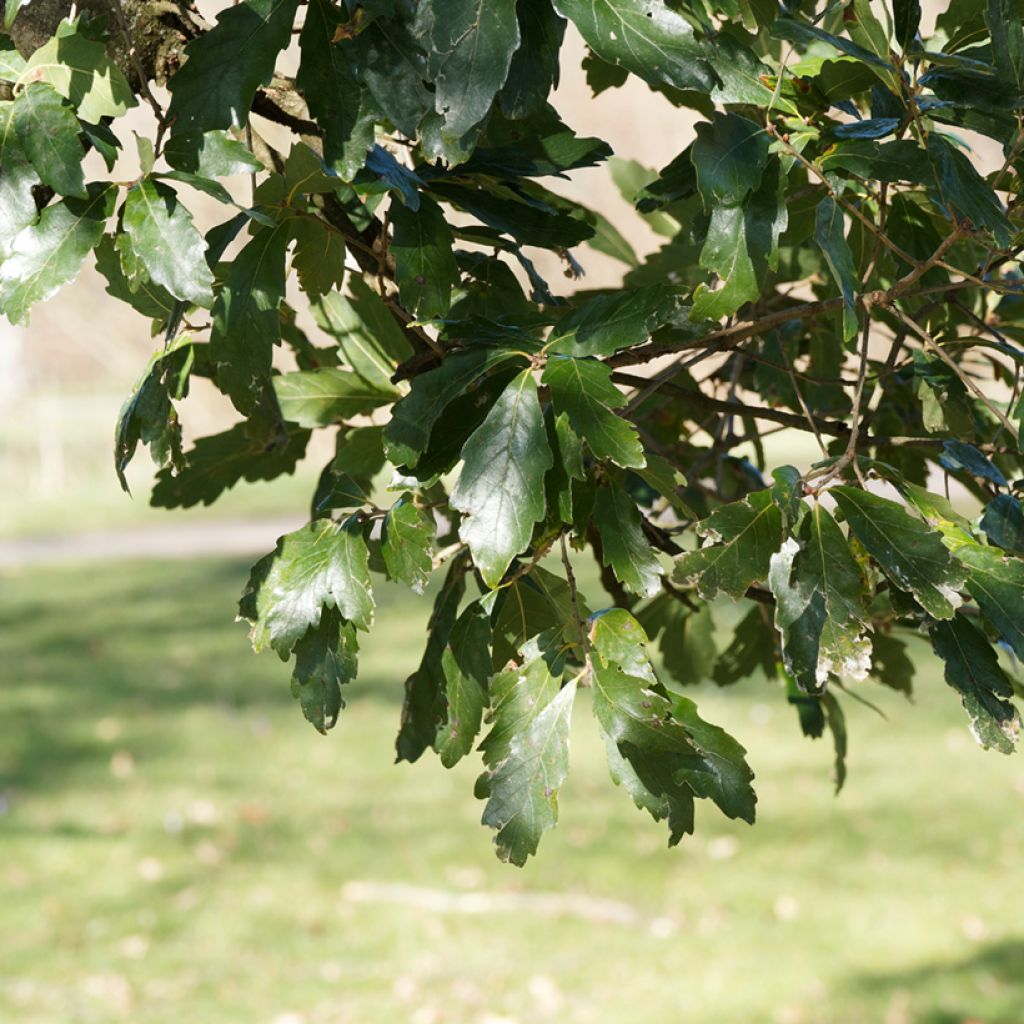

Quercus turneri Spencer Turner - Hybrid Oak
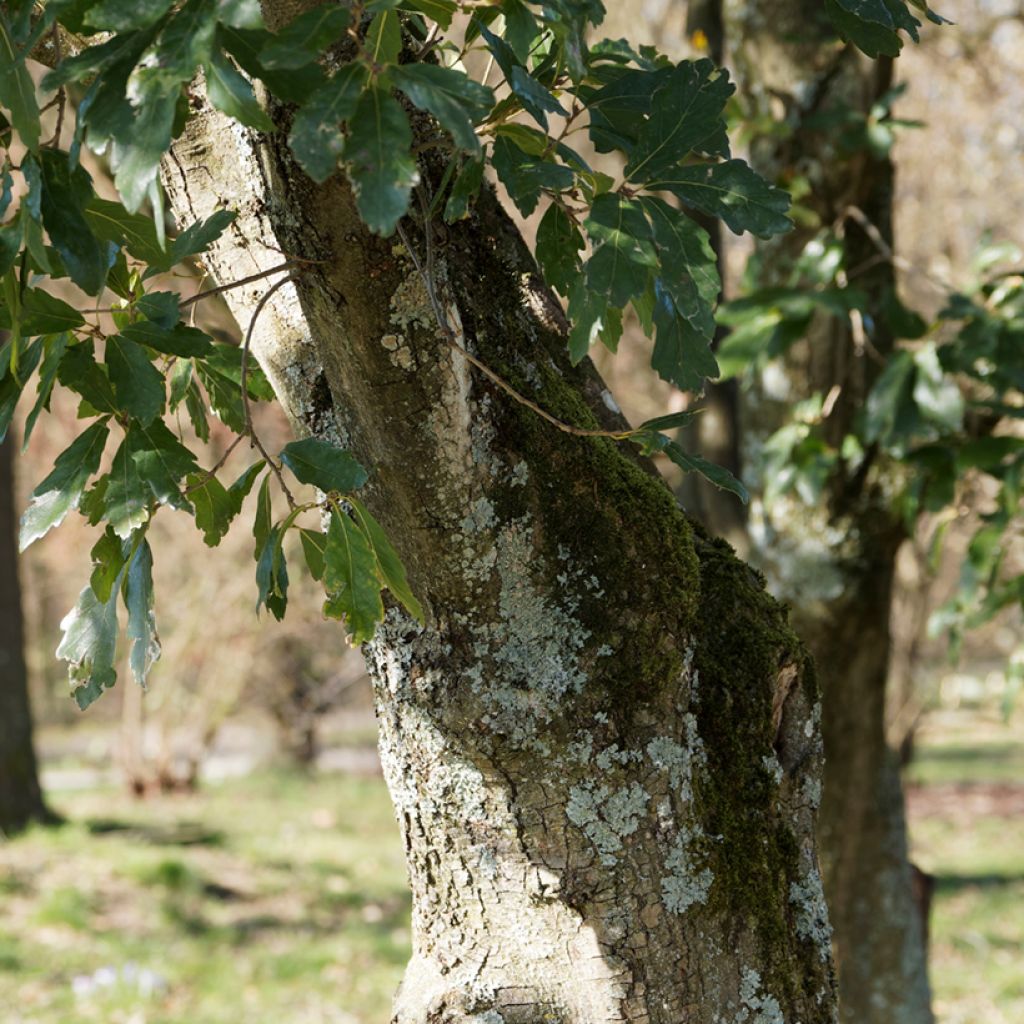

Quercus turneri Spencer Turner - Hybrid Oak
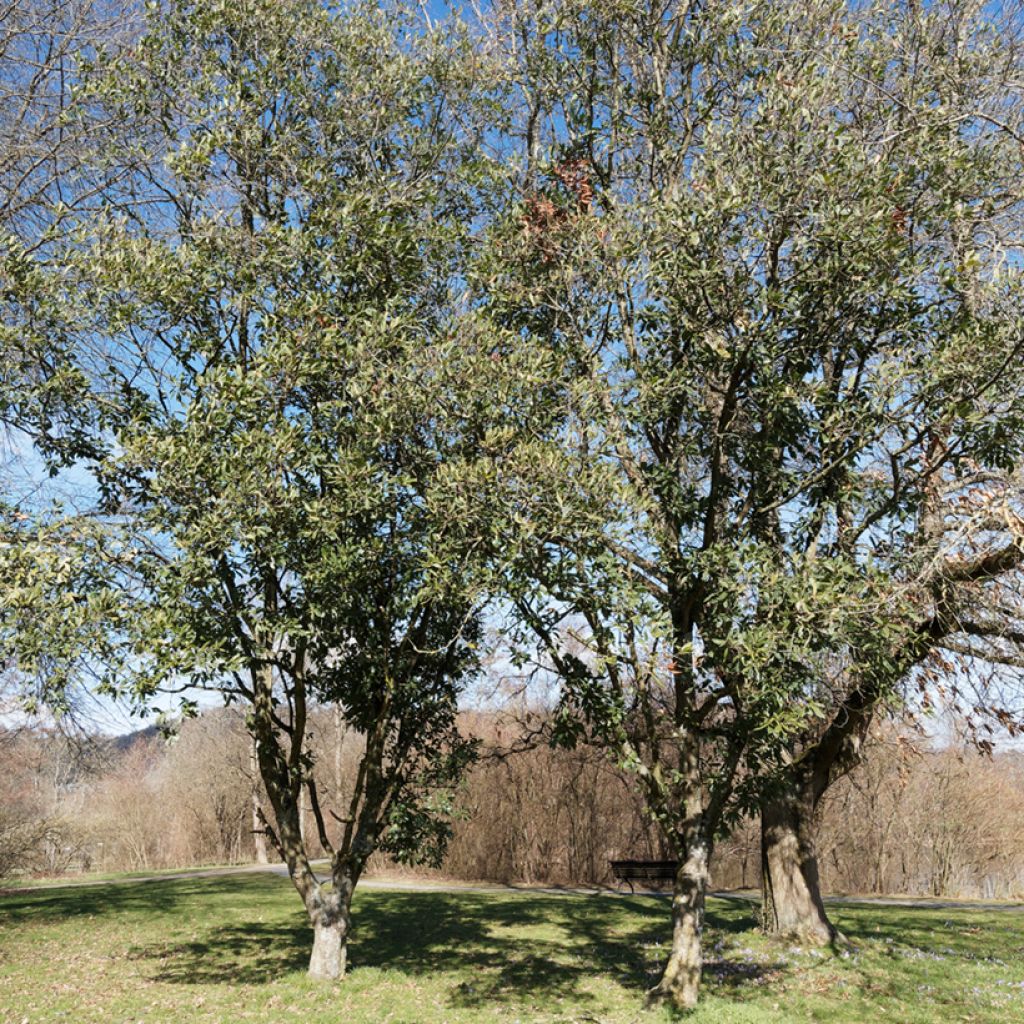

Quercus turneri Spencer Turner - Hybrid Oak
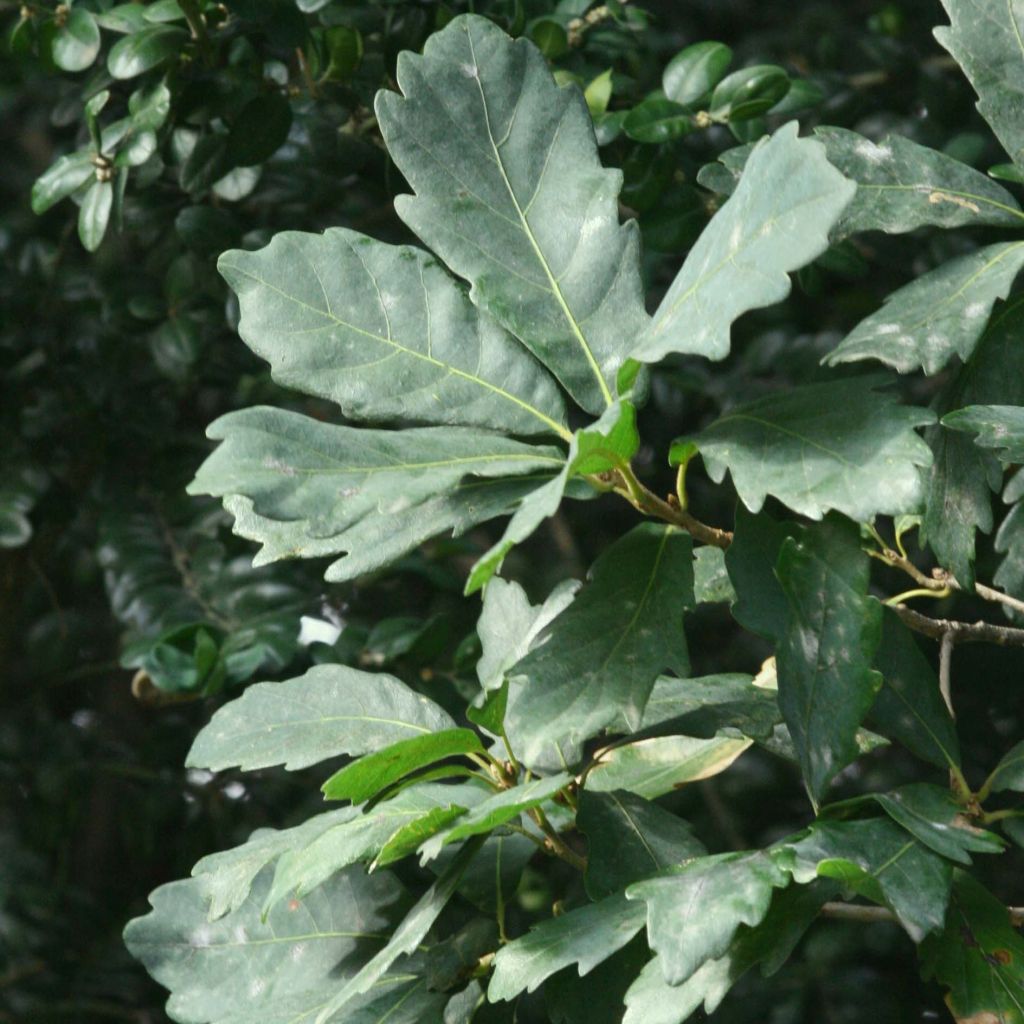

Chêne de Turner - Quercus turneri Pseudoturneri
Quercus turneri Spencer Turner - Hybrid Oak
Quercus x turneri var.pseudoturneri Spencer Turner
Hybrid Oak
Dead without explanation within a few weeks as well, after the first few days of fine weather at the beginning of summer. Despite an ideal position.
Abel, 03/09/2018
This item cannot be shipped to the selected country
Delivery charge from €5.90
Delivery to Corse prohibited
More information
Delivery charge from €5.90
Delivery to Corse prohibited
More information
Schedule delivery date,
and select date in basket
This plant carries a 24 months recovery warranty
More information
We guarantee the quality of our plants for a full growing cycle, and will replace at our expense any plant that fails to recover under normal climatic and planting conditions.
From €5.90 for pickup delivery and €6.90 for home delivery
Express home delivery from €8.90.
Delivery to Corse prohibited: UE law prohibits the import of this plant from mainland France to Corse as part of the fight against Xylella fastidiosa. Please accept our sincere apologies.
More information
Does this plant fit my garden?
Set up your Plantfit profile →
Description
Quercus x turneri 'Spencer Turner' is a variety of the Turner oak whose foliage remains evergreen in winter. This hybrid between the holly oak and the pedunculate oak combines the foliage of the latter, broad and lobed, with the glossy finish of the former. Its moderate development, easily contained by pruning, as well as its slow growth, make it suitable for small gardens. Another advantage of this bushy oak is its spring flowering, in the form of almost white catkins, which are well highlighted by the dark foliage. It is a sturdy, hardy plant that is easy to grow in ordinary, deep, even chalky soil.
The Turner oak belongs to the Fagaceae family. It was discovered in England, in Mr. Turner's nursery, before 1783. The pseudoturneri variety (now renamed 'Spencer Turner') appeared around 1880 in the same nursery. This tree of reasonable dimensions combines the qualities of its two parents. The growth of this oak is slow; it will reach maturity around 30 years, forming, depending on the pruning practiced, a small tree 9m (29ft 6in) tall and 6m (19ft 8in) wide, or a large bush not exceeding 5m (16ft 5in) in all directions. Its habit, rather erect in its youth, becomes conical and rounded over the years. Its very short trunk carries a large, oval and dense crown. In this oak, the young branches are pale yellow in colour and covered with felt-like down. The older bark is brownish-grey in colour, with a channelled appearance. The evergreen leaves fall when the young leaves appear in spring. They resemble Quercus robur in shape, measuring 5 to 13cm (2 to 5.1in) long and 2.5 to 4cm (1 to 1.6in) wide, with 4 to 8 pairs of shallow lobes or teeth. The lamina is dark green and shiny on the upper side, while the underside is more grey and pubescent, like Quercus ilex. The bright and abundant flowering takes place in May, on individuals at least 10 years old. Like the holly oak, this flowering truly illuminates the tree in spring. After wind pollination, ovoid acorns, 1.5 to 2cm (0.6 to 0.8in) long, form in place of the female catkins. Each tomentose peduncle gathers 1 to 8 fruits enclosed in a cupule. They will ripen in one year. The root system of this oak is deep and powerful, of the taproot type, ensuring a solid and lasting grip in the deep soils it appreciates.
Quercus x turneri 'Spencer Turner' adapts to most of our regions, as long as it is planted in sufficiently deep soil. Resistant to cold, not demanding in terms of soil and watering, and perfectly tolerant of pruning, it allows the spirit of the forest to enter a garden, even when space is limited. It can be planted individually or in rows, as a shrubbery, or in an evergreen hedge with companions such as Elaeagnus ebbingei, bay laurel, or Photinia. To accompany its beautiful dark foliage, one can also choose from numerous spring-flowering shrubs such as Japanese cherry and apricot trees, ornamental apple trees, flowering peach trees, and many others.
Quercus turneri Spencer Turner - Hybrid Oak in pictures
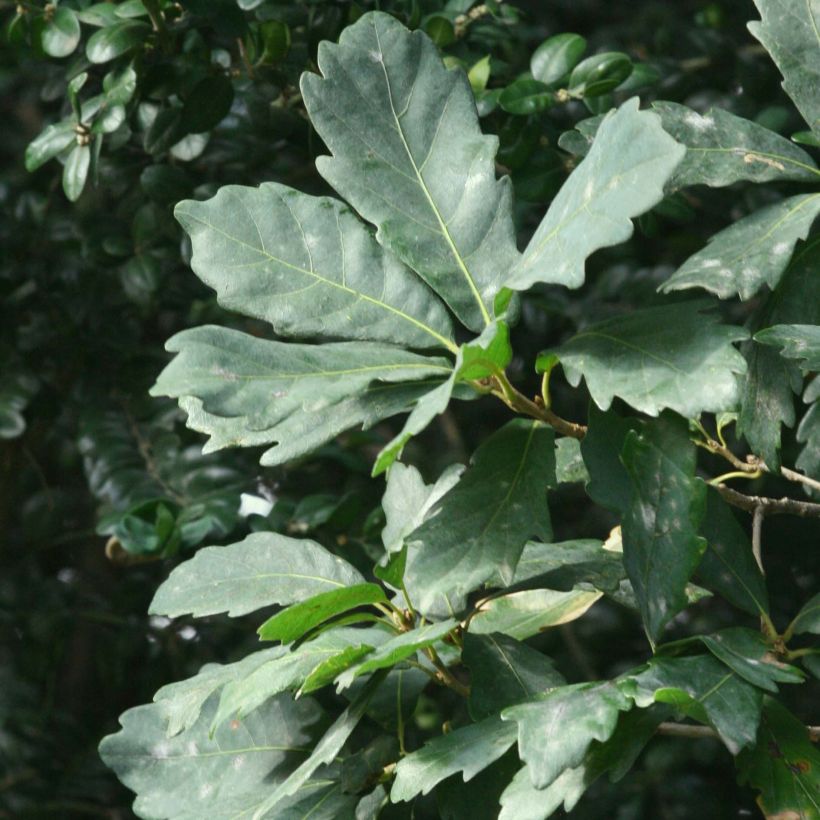



Plant habit
Flowering
Foliage
Botanical data
Quercus
x turneri var.pseudoturneri
Spencer Turner
Fagaceae
Hybrid Oak
Cultivar or hybrid
Other Oak
Planting and care
Quercus turneri 'Spencer Turner' prefers deep, fertile, not too dry soils in summer. It fears shallow rocky soils or those that are too acidic. It prefers sunny and open exposures. Perfectly hardy, it can withstand temperatures as low as -20°C (-4 °F), with its young shoots being susceptible to damage from late frosts. Protect it from excessively dry summers in the years following planting. It is a tree that, once established, requires very little maintenance. It is not prone to diseases and parasites.
Planting period
Intended location
Care
Evergreen shrubs
Haven't found what you were looking for?
Hardiness is the lowest winter temperature a plant can endure without suffering serious damage or even dying. However, hardiness is affected by location (a sheltered area, such as a patio), protection (winter cover) and soil type (hardiness is improved by well-drained soil).

Photo Sharing Terms & Conditions
In order to encourage gardeners to interact and share their experiences, Promesse de fleurs offers various media enabling content to be uploaded onto its Site - in particular via the ‘Photo sharing’ module.
The User agrees to refrain from:
- Posting any content that is illegal, prejudicial, insulting, racist, inciteful to hatred, revisionist, contrary to public decency, that infringes on privacy or on the privacy rights of third parties, in particular the publicity rights of persons and goods, intellectual property rights, or the right to privacy.
- Submitting content on behalf of a third party;
- Impersonate the identity of a third party and/or publish any personal information about a third party;
In general, the User undertakes to refrain from any unethical behaviour.
All Content (in particular text, comments, files, images, photos, videos, creative works, etc.), which may be subject to property or intellectual property rights, image or other private rights, shall remain the property of the User, subject to the limited rights granted by the terms of the licence granted by Promesse de fleurs as stated below. Users are at liberty to publish or not to publish such Content on the Site, notably via the ‘Photo Sharing’ facility, and accept that this Content shall be made public and freely accessible, notably on the Internet.
Users further acknowledge, undertake to have ,and guarantee that they hold all necessary rights and permissions to publish such material on the Site, in particular with regard to the legislation in force pertaining to any privacy, property, intellectual property, image, or contractual rights, or rights of any other nature. By publishing such Content on the Site, Users acknowledge accepting full liability as publishers of the Content within the meaning of the law, and grant Promesse de fleurs, free of charge, an inclusive, worldwide licence for the said Content for the entire duration of its publication, including all reproduction, representation, up/downloading, displaying, performing, transmission, and storage rights.
Users also grant permission for their name to be linked to the Content and accept that this link may not always be made available.
By engaging in posting material, Users consent to their Content becoming automatically accessible on the Internet, in particular on other sites and/or blogs and/or web pages of the Promesse de fleurs site, including in particular social pages and the Promesse de fleurs catalogue.
Users may secure the removal of entrusted content free of charge by issuing a simple request via our contact form.

































